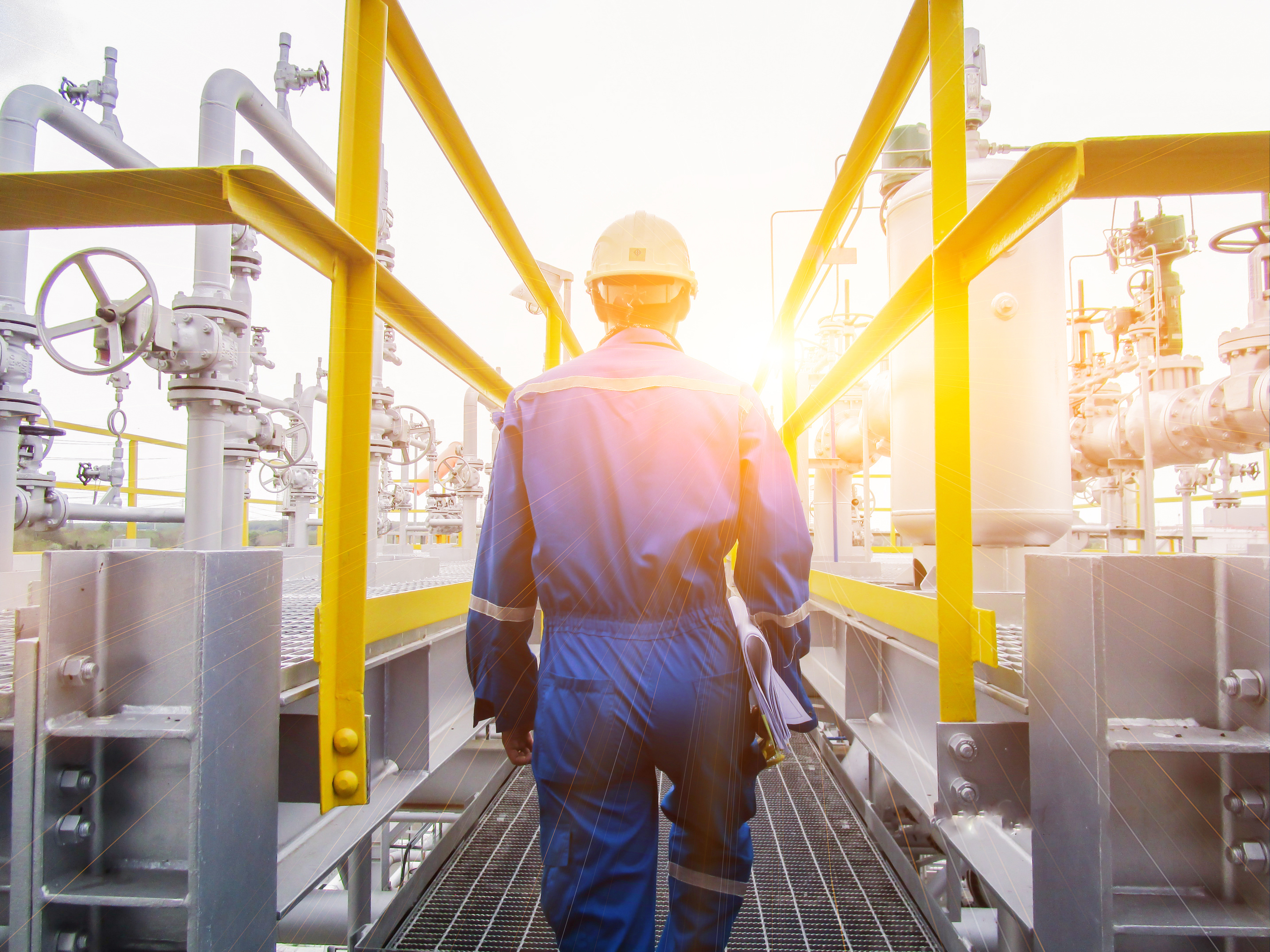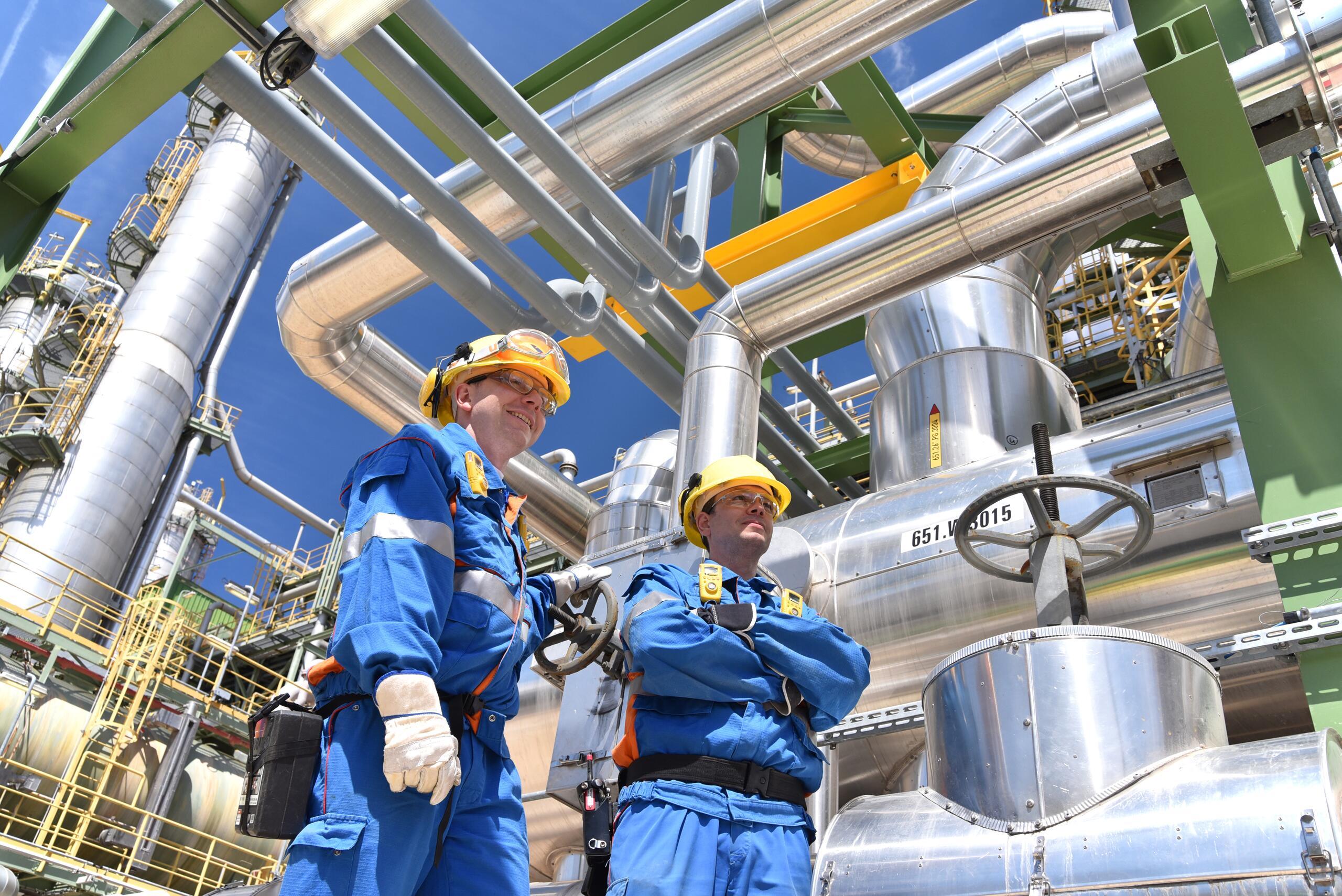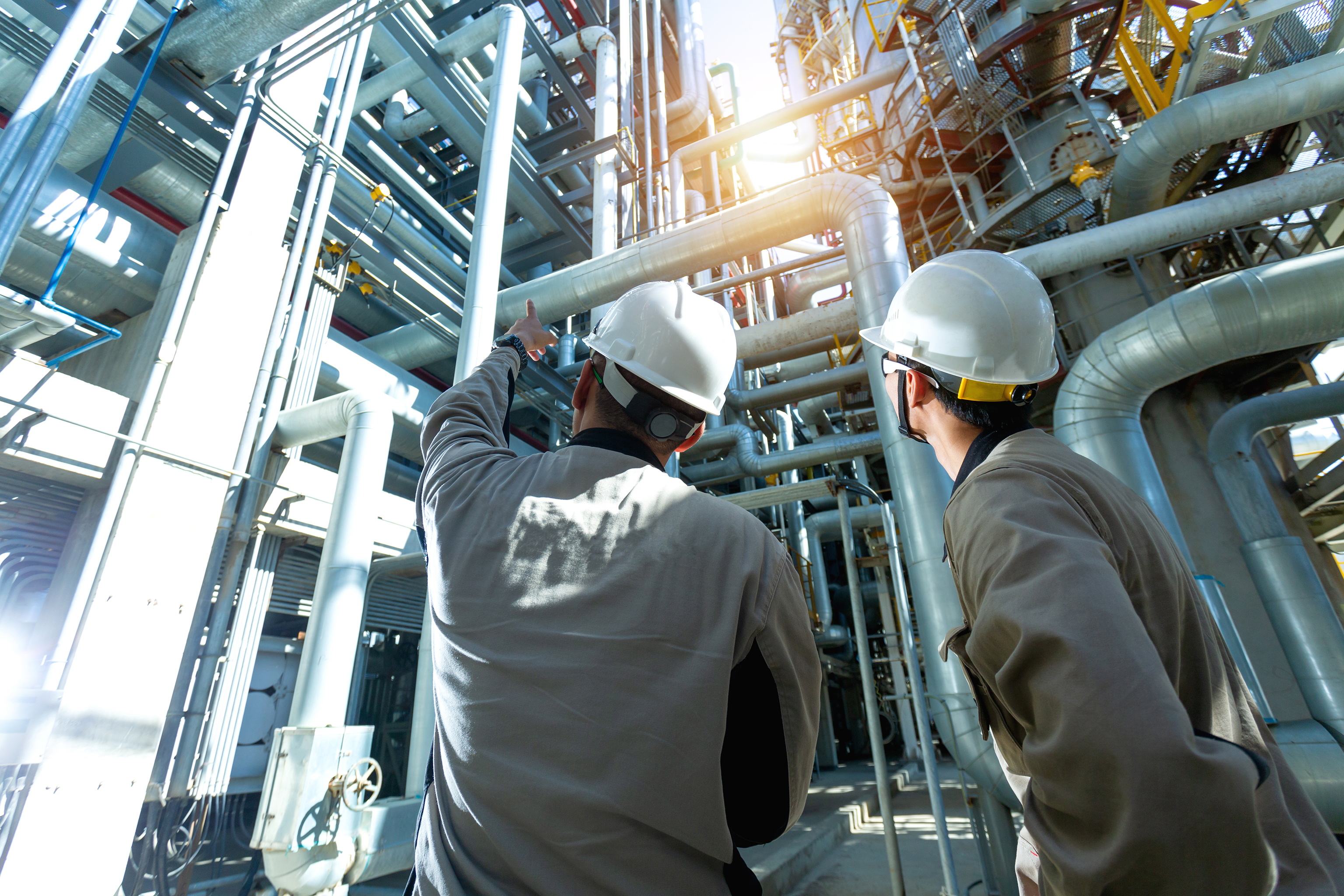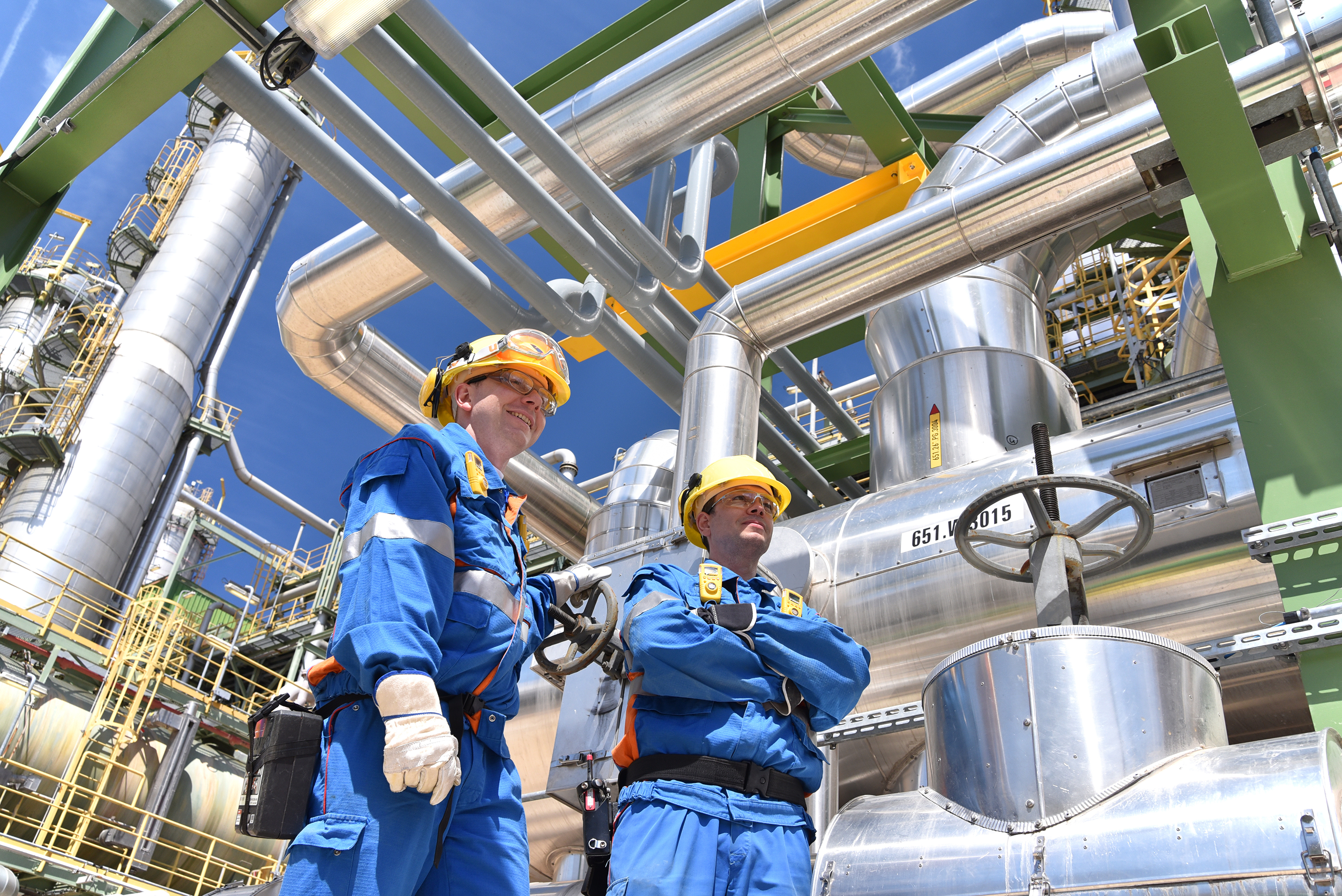High-pressure Piping Inspection
The lifetime assessment of piping for plant safety
The Challenge
Statistically, failures of high-pressure (HP) piping in chemical plants are more likely to occur compared to failures of HP equipment. This is caused by more frequent periodic or condition-based equipment inspections than piping inspections due to the challenges related to executing the latter.
There are kilometers of piping spread across a plant, which can be difficult to access or hard to visually inspect from the process side. Determining monitoring locations for piping inspection requires specialist knowledge, which may not be readily available at a plant site. In addition, when piping cross battery limits, the ownership of their maintenance can become vague.
HP piping operate under the same process conditions as the HP equipment they are connected to and are therefore exposed to the same corrosion risks, so maintaining their integrity is vital for ensuring plant safety and smooth operation.
Our Solution
Stamicarbon offers a Lifetime Assessment (LTA) approach based on Risk-Based Inspection (RBI) methodologies to develop effective plans for HP piping inspections in plants 10 years or older. The LTA approach streamlines the process of piping inspections and determines the high-risk areas which have to be inspected to maintain the lines, extend service life and prevent catastrophic failure.
During the LTA study, our materials and corrosion experts will:
- Identify failure modes for each pipeline in the scope
- Perform criticality ranking of piping from the process and the atmospheric side
- Suggest the most appropriate inspection methods
- Determine the extent of inspection and locations in the pipelines to be examined
- Suggest an optimal inspection interval or next inspection date
- Propose risk mitigation activities
- Estimate the remaining lifetime of each pipeline in the scope
The Importance of Piping Inspections
Stamicarbon’s piping inspections focus on pipelines in the HP synthesis section of a plant because the piping there is exposed to highly corrosive environments at high temperatures and pressure.
HP piping connects the most critical equipment in the plant, so its integrity is vital to the performance of the whole system. The consequences of piping failure could be severe, compromising the health and safety of plant staff and leading to unexpected repairs and downtime costs.
Piping failure modes and their probability of occurrence depend on process factors, materials of construction, fabrication techniques, maintenance and repair history, insulation, tracing, and the climate of the plant location.
Stamicarbon has defined corrosion loops for urea plants operating on Stamicarbon and non-Stamicarbon technologies. Based on a tailor-made corrosion study, all the failure modes which apply to the critical piping in a particular plant can be identified in an inspection plan.
Execution of the LTA Study
The LTA study consists of two phases. In Phase A, Stamicarbon collects data and information about the plant and develops an inspection program validated by a pre-inspection site visit.
In Phase B, our experts carry out the inspection program and deliver recommendations regarding the lifetime of pipelines, risk mitigation activities, and the next inspection date.
Phase A includes the following steps:
- Planning of the study
- Data collection
- Identification of integrity (corrosion) loops and potential threats to piping (failure modes)
- Establishment of the probability of failure (PoF) and consequence of failure (CoF) for each pipeline
- Risk ranking based on assessment results
- Determination of monitoring locations and inspection methods
- Development and submission of an inspection program
Phase B involves:
- Execution of the inspection program on-site
- Consideration of risk mitigation activities such as line repairs, replacements and modifications
- Reassessment of risk ranking based on inspection findings
- Delivery of a final report, including the results of non-destructive testing (NDT), estimated remaining lifetime per pipeline, recommendations for inspection intervals, and advice for extending the piping lifetime
 Planning a Piping Inspection
Planning a Piping Inspection
Stamicarbon recommends planning piping inspections carefully so that inspection activities can be aligned with the next scheduled turnaround of the plant.
With good planning, it is possible to achieve the most optimal results from your piping inspection. Stamicarbon recommends minimizing the interval between the two phases of the LTA study to a period not more than one year. After a year, the inspection plan might become outdated and the phase A study may have to be revised.
Stamicarbon’s piping inspection services are based on years of experience performing more than 500 plant inspections globally. Our materials and corrosion experts have a thorough understanding of failure modes applicable to HP piping, the techniques to identify them, and specialized knowledge of materials of construction in the HP synthesis section of a urea plant.
Apart from the LTA study, we provide full-lifecycle safety support for HP piping, including Safurex® piping replacement, Safurex® welders' training and supervision, and on-site welding.
Learn about other types of inspections we offer:




